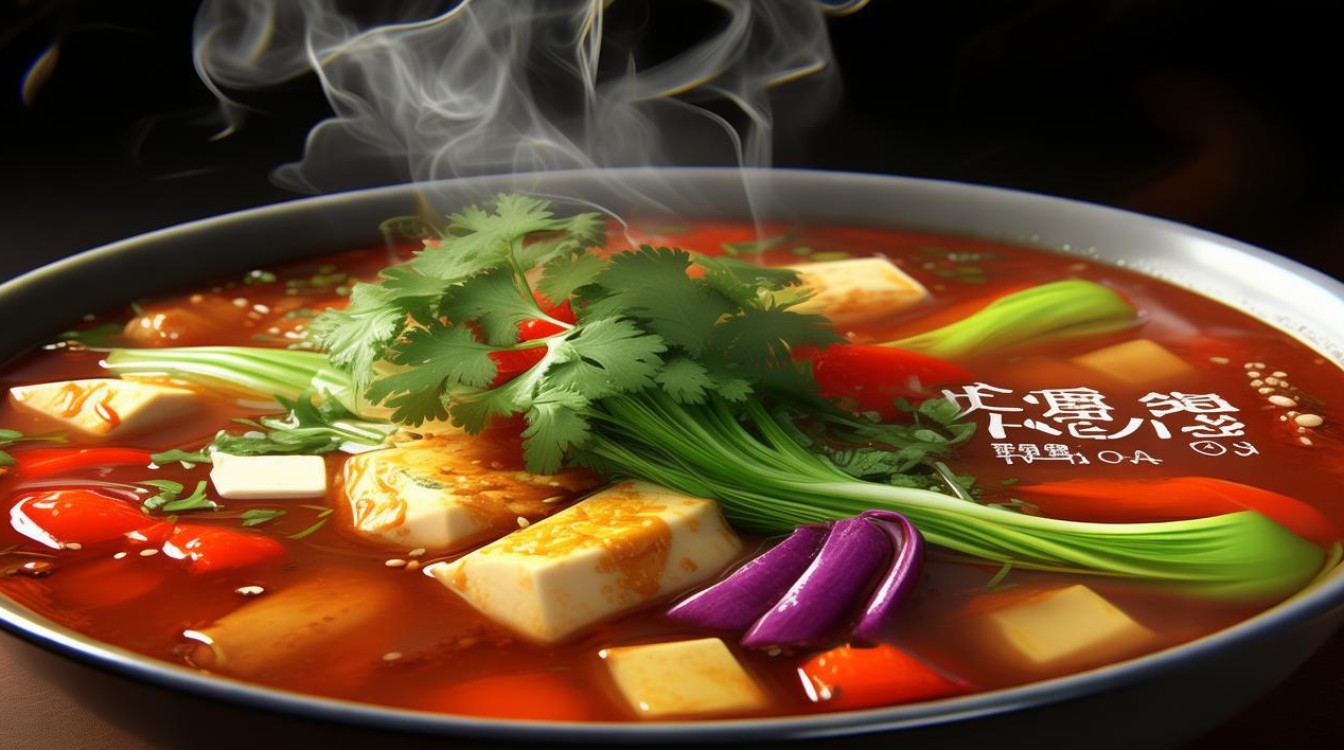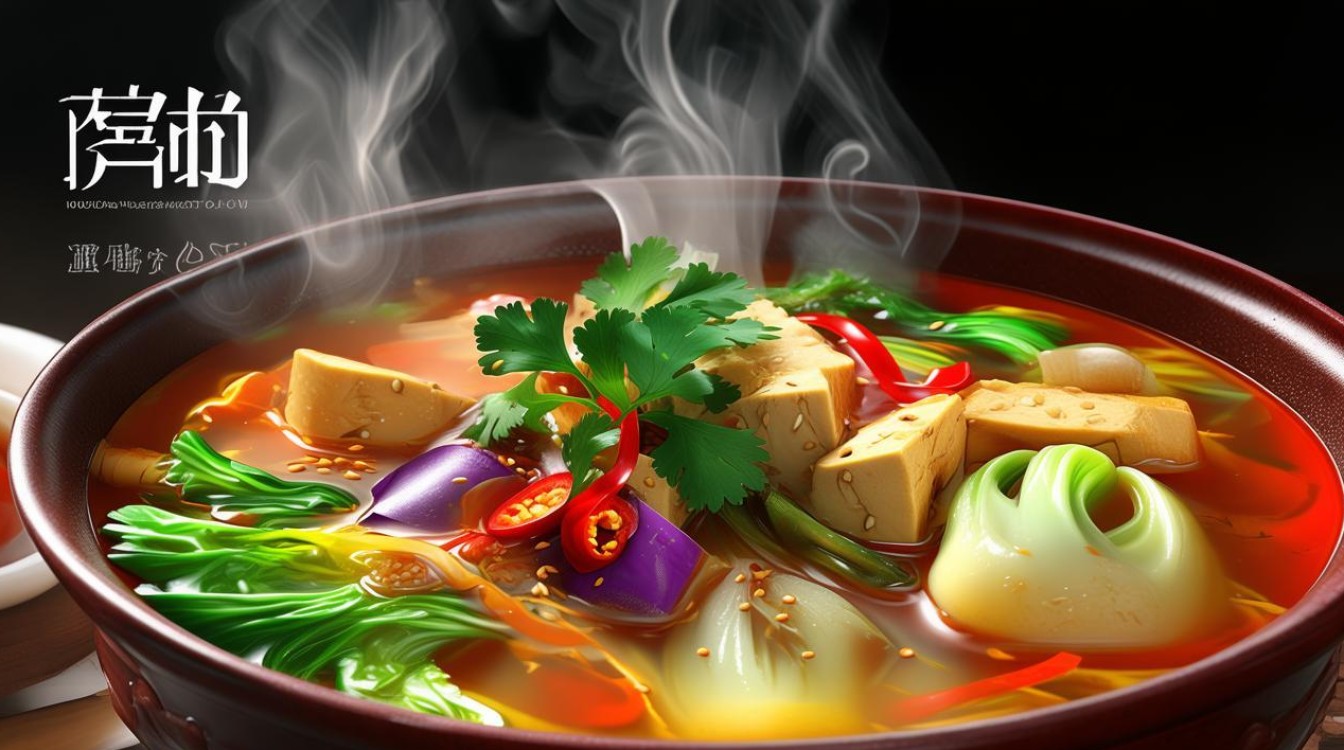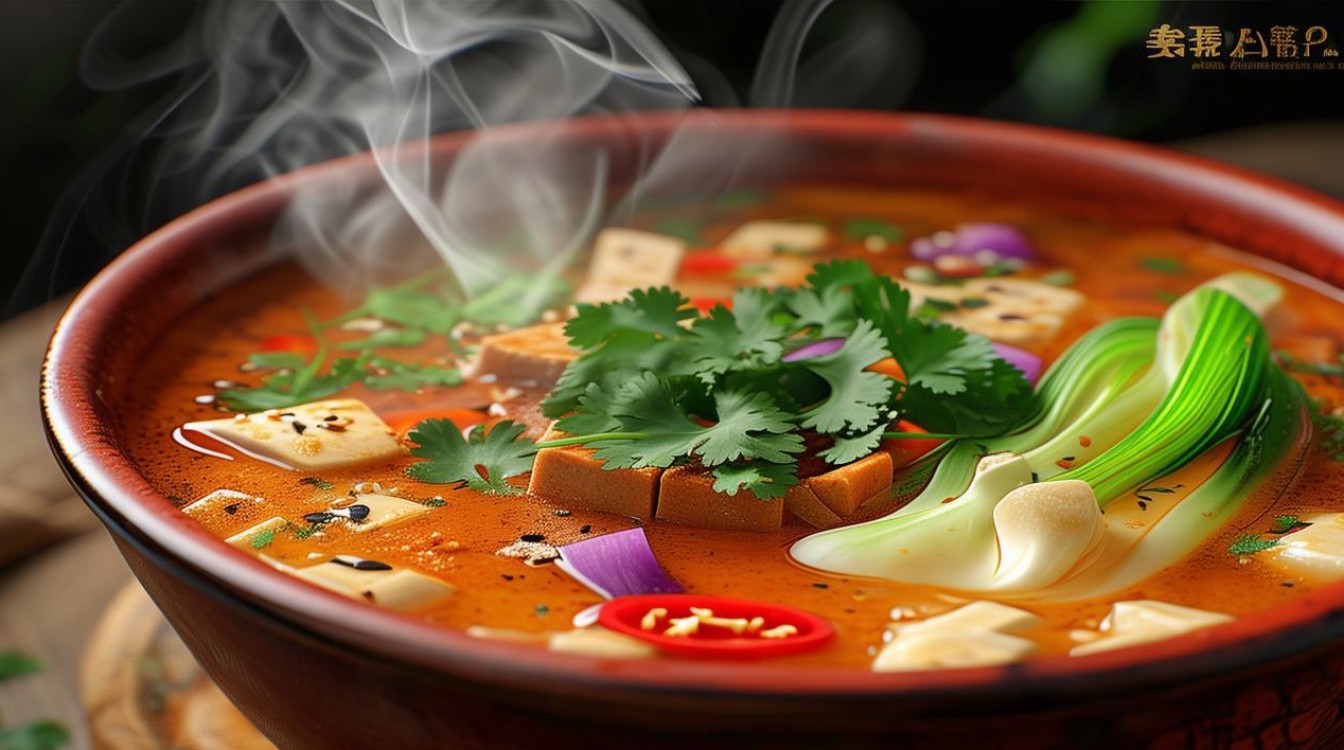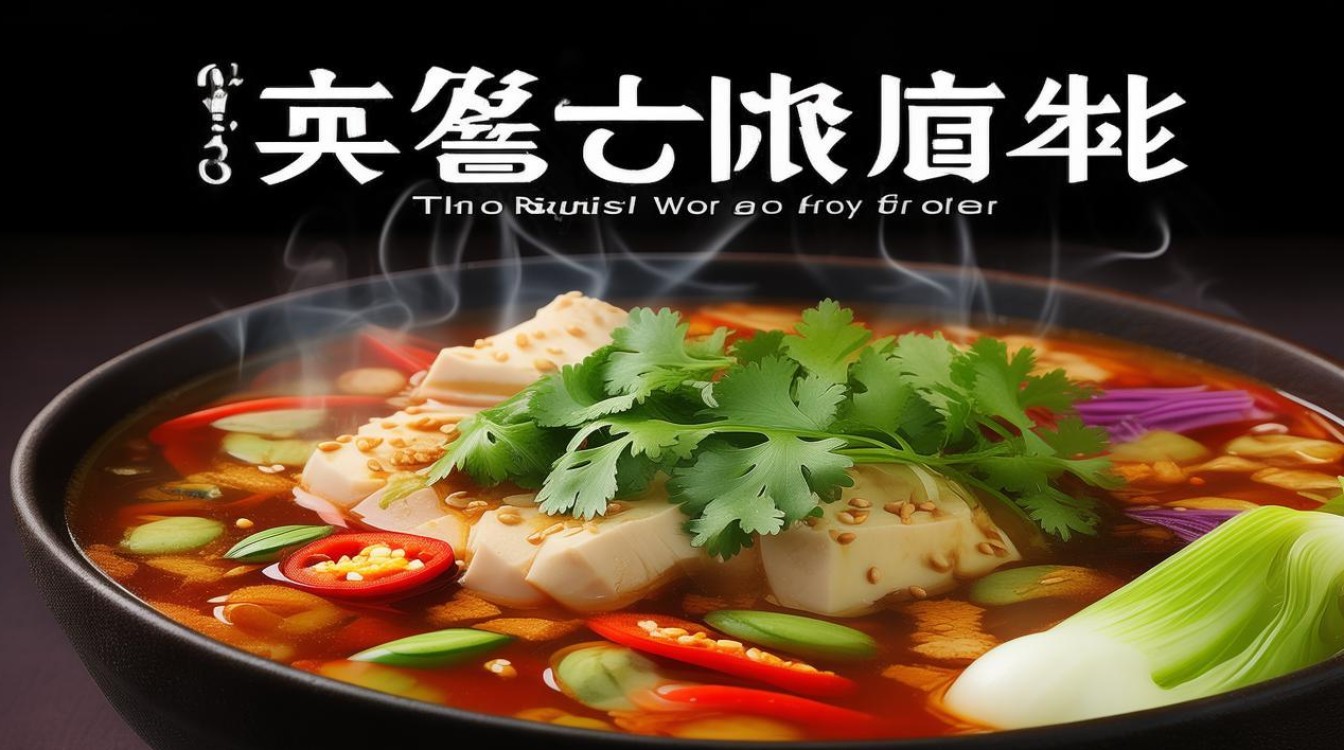When exploring Chinese cuisine, many dishes carry vibrant names that reflect their visual appeal and cultural significance. One such dish is "五彩汤," a colorful soup known for its mix of ingredients that create a visually striking presentation. But what is the English word for "五彩汤"?

Understanding "五彩汤"
"五彩汤" translates directly to "Five-Color Soup" in English. The name comes from the combination of five distinct ingredients, each contributing a unique hue to the dish. This soup is not just about taste—it embodies balance, harmony, and nutritional variety.
Common Ingredients in Five-Color Soup
The exact ingredients can vary, but traditional versions often include:
- Carrots (Orange) – Rich in beta-carotene
- Wood Ear Mushrooms (Black) – Adds texture and earthy flavor
- Spinach or Greens (Green) – Provides freshness and nutrients
- Egg (Yellow) – Adds protein and richness
- Tofu or White Radish (White) – Contributes a mild, balancing element
These ingredients create a visually appealing dish while ensuring a mix of vitamins, minerals, and textures.
Why "Five-Color Soup" Matters in Chinese Cuisine
Chinese culinary traditions emphasize the importance of color, aroma, and taste. A well-prepared Five-Color Soup satisfies all three aspects:

- Color – The vibrant mix stimulates the appetite.
- Aroma – Fresh ingredients release natural fragrances.
- Taste – A balanced combination of savory, umami, and slight sweetness.
Beyond aesthetics, this soup is often associated with health benefits, as it incorporates vegetables, protein, and fungi—all key components of a nutritious meal.
Variations of Five-Color Soup
Different regions and households may adapt the recipe based on available ingredients. Some variations include:
- Vegetarian Five-Color Soup – Uses mushrooms and tofu instead of meat.
- Seafood Version – Incorporates shrimp or fish for added protein.
- Spiced Five-Color Soup – Adds mild chili or Sichuan peppercorns for heat.
The flexibility of this dish makes it a favorite in home cooking and restaurant menus alike.
How to Make Five-Color Soup
For those interested in preparing this dish, here’s a simple method:

Ingredients:
- 1 carrot, julienned
- 50g wood ear mushrooms, soaked and sliced
- 1 cup spinach or bok choy
- 1 egg, beaten
- 100g tofu, cubed
- 4 cups vegetable or chicken broth
- 1 tsp ginger, minced
- Salt and white pepper to taste
Instructions:
- Heat broth in a pot and add ginger.
- Add carrots and mushrooms, simmer for 5 minutes.
- Stir in tofu and greens, cook for another 2 minutes.
- Slowly pour in the beaten egg while stirring to create ribbons.
- Season with salt and pepper. Serve hot.
This recipe keeps the flavors light and highlights the natural colors of each ingredient.
Cultural Significance of Five-Color Soup
In Chinese culture, the number five holds symbolic meaning, representing the five elements (wood, fire, earth, metal, water) and five key flavors (sweet, sour, bitter, spicy, salty). A dish like Five-Color Soup aligns with these principles, making it more than just a meal—it’s a representation of harmony.
Additionally, colorful dishes are often served during festivals and family gatherings, symbolizing prosperity and good fortune.
Where to Find Five-Color Soup
While homemade versions are common, some restaurants feature Five-Color Soup on their menus, particularly in:

- Cantonese restaurants – Known for light, balanced broths.
- Vegetarian eateries – Often highlight colorful, plant-based dishes.
- Banquet meals – Served as part of multi-course dinners.
If ordering in English, simply ask for "Five-Color Soup" or describe it as a "mixed vegetable and egg soup."
Final Thoughts
The English term for "五彩汤" is straightforward—Five-Color Soup. Yet, the dish itself carries depth, blending culinary artistry with nutritional wisdom. Whether enjoyed at home or in a restaurant, this soup offers a feast for the eyes and the palate. For anyone exploring Chinese cuisine, trying Five-Color Soup is a delightful way to experience tradition in every spoonful.



